Summer apple 'James Grieve', Malus 'James Grieve' Maçã, Paisagens

Brown spots appear and enlarge to cover the apple. Remove damaged fruit and do not compost the mummified fruits (as shown here). 13 / 13. Apple canker is a fungal disease causing disfiguring and sunken patches of dead bark on the branches of apple and some other trees. Infections often begin at wounds or buds.
James Grieve Apple Information, Recipes and Facts
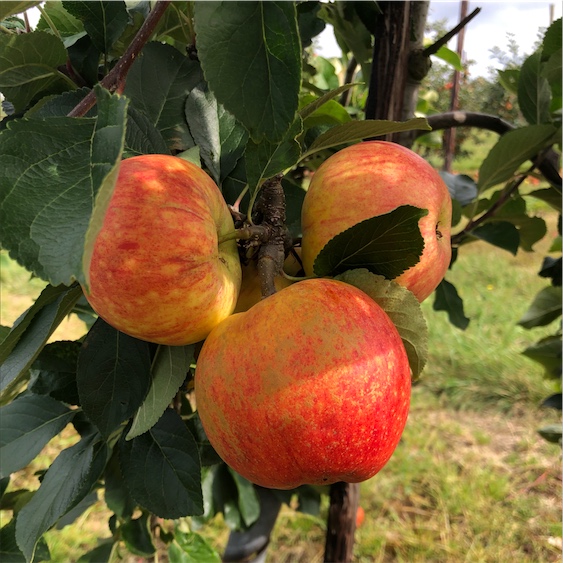
OPTION 1: Remove dead, damaged and diseased branches. The first step in pruning an old apple tree - or any tree at all - is to remove the dead, damaged or diseased branches. Dead branches won't have living buds, blossoms or leaves. They may have died of natural causes or as a result of disease.
Apple Tree trained a... stock photo by Claire Higgins, Image 0282874
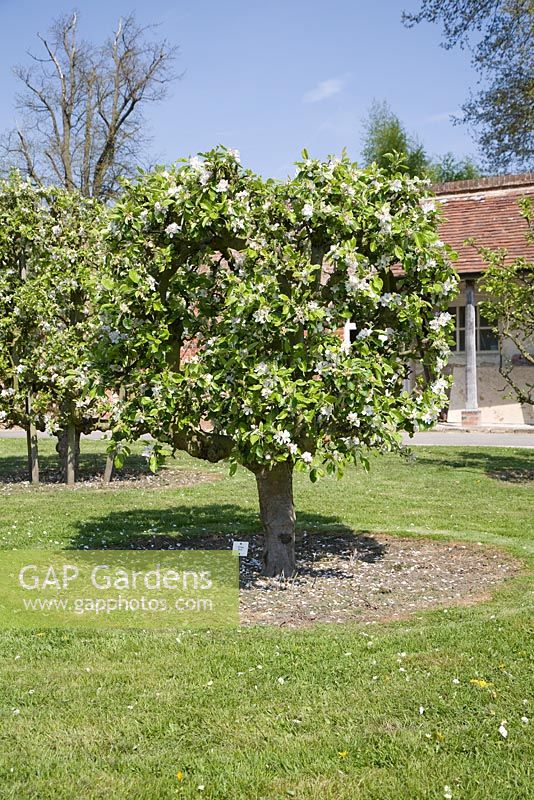
James Grieve apples on tree. James Grieve is an old variety of apple.It gets its name from its breeder, James Grieve, who raised the apple from pollination of a Pott's Seedling or a Cox's Orange Pippin apple (most likely both) in Edinburgh, Scotland some time before 1893.. This is a savoury, juicy apple with strong acidity at first, which then mellows as the fruit matures during September, but.
James grieve apple hires stock photography and images Alamy
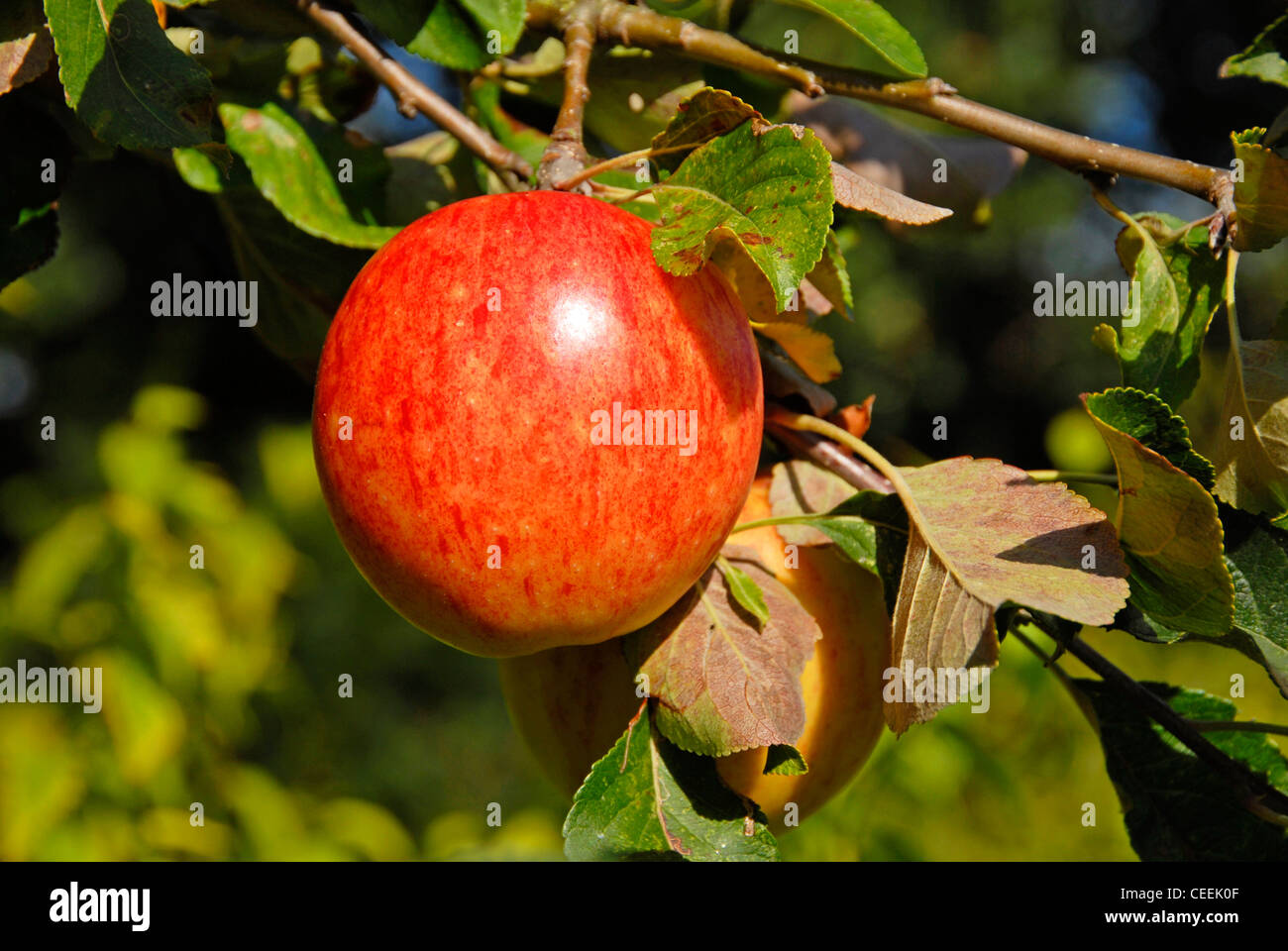
'James Grieve' is an apple tree with pale-pink flowers in spring followed by sweet, edible fruit in late autumn to early winter. Search. Advanced search. Take a photo Plans & pricing Sign. Diseases Apple and pear canker Apple scab.
Apple Tree James GrievePatio Fruit Tree Tree Nursery UK

James Grieve is a justifiably popular dual-purpose apple variety, raised in Scotland at the end of the 19th century, the height of the Victorian period of apple development in the UK. James Grieve is a mid-season variety that is picked in early-mid September. At this stage it is pleasantly acidic and refreshing and if it is too sharp for eating.
Apple James Grieve Woodcroft Landscapes

In the case of James Grieve, the characteristic that breeders have likely been looking to replicate is this variety's good flavour with a nice kick of acid. That makes this a respected multi-purpose variety and it also led to James Grieve 's children, such as Greensleeves, Lord Lambourne, Katy and Falstaff achieving their own success.
Malus james grieve blossom hires stock photography and images Alamy
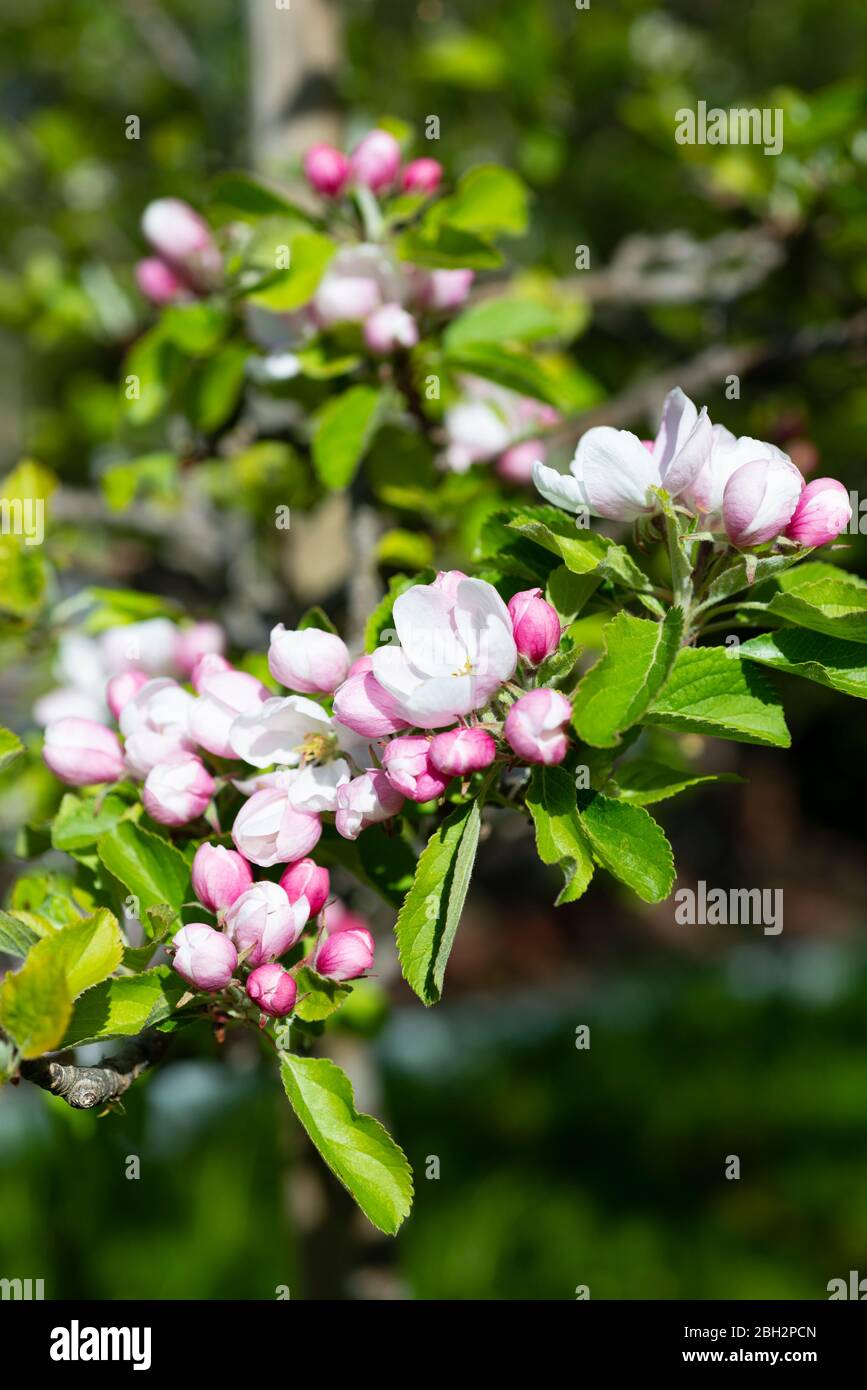
Delivery for a single tree starts at £9.95. It is calculated when you add trees to your basket, based on your postcode. James Grieve is a justifiably popular dual-purpose apple variety, raised in Scotland at the end of the 19th century, the height of the Victorian period of apple development in the UK. It is a very juicy apple, producing.
James Grieve Apple Information, Recipes and Facts
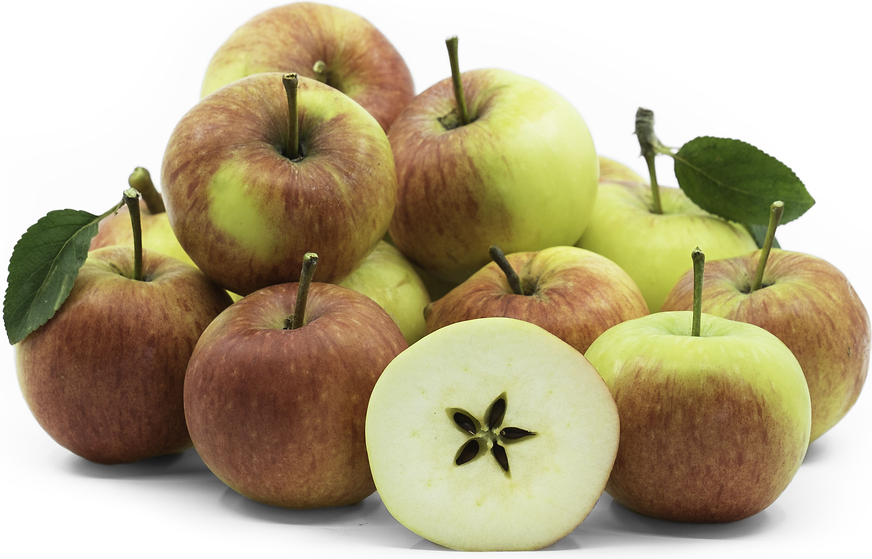
apple 'James Grieve'. An early dessert cultivar in pollination group 3. Suitable for northerly, colder rainfall areas. Good, regular crops of apples, yellow-green speckled and striped orange-red, but can easily bruise. Can be used for cooking if picked early before ripe. Savoury, crisp to melting flesh; when cooked keeps shape, with juicy.
Apple, James Grieve stock photo. Image of garden, plant 59307978

Malus domestica ( James Grieve Apple ) Apple trees can grow to a height of 30 feet and a width of 15 feet with a growth of 8 to 12 feet per year. They require rich soil, moderate watering, good drainage and full sun. When planting, space trees according to their ultimate size. To prevent corrective pruning later on, frequent light pruning.
James Grieve Apple Tree Blossom James Grieve Apple Tree Bl… Flickr
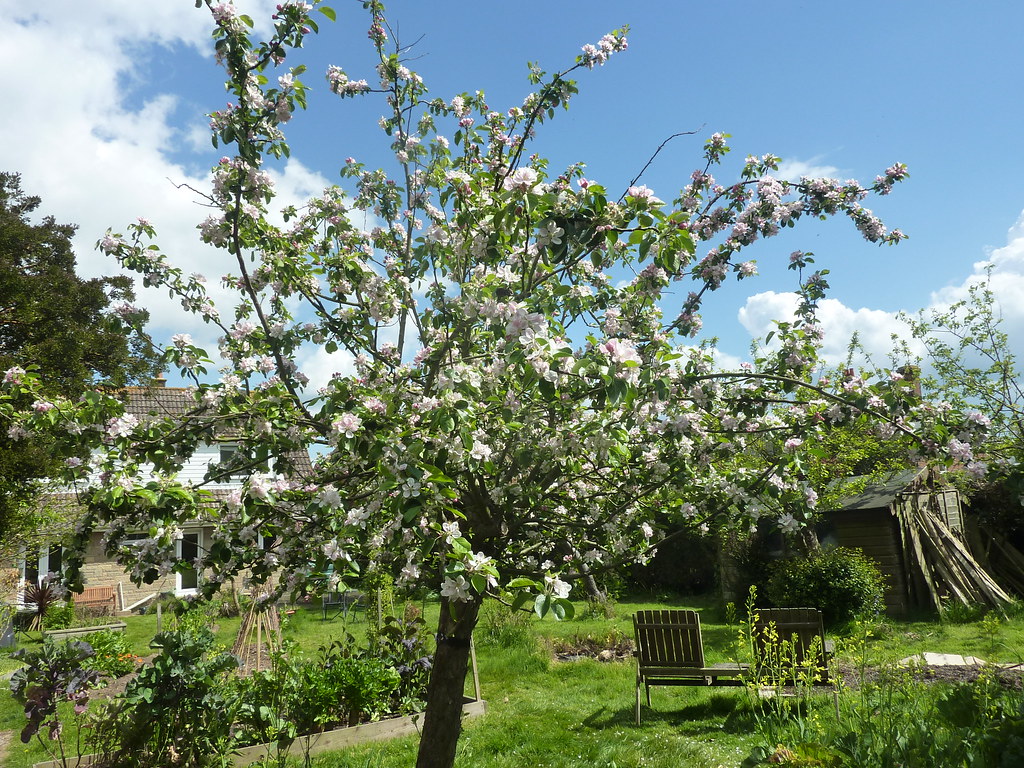
However, cultivating this tree can come with its unique set of challenges. Whether you're a seasoned gardener or a novice, the following guide offers advice on the most common concerns associated with the James Grieve apple tree and solutions to ensure a thriving tree. 1. When to Prune the James Grieve Apple Tree
Apple tree 'James Grieve' Muddy Trowel

'James Grieve' is a dual-purpose apple (ie great for eating straight from the tree, and for cooking). The fruit, which are borne on spurs, are yellow-green speckled with orangey stripes. It is a partially self-fertile variety - ie it will benefit from having another variety as a pollinator.
James Grieve apple Alchetron, The Free Social Encyclopedia

This is brown rot and remaining spores will cause the same problem every year. Hygiene is crucial, so dispose of all infected apples and fallen leaves. Spray with Copper Mixture from Vitax just before bud burst and again when the fruits are developing. Never spray while the tree is flowering.
Dwarf Patio Fruit Tree Apple Variety James Grieve Approx 75cm Tall Garden Market Place

Water in well, apply a granular general feed over the soil around the tree and add a 5cm (2in) deep. A mulch of well-rotted garden compost or bark chippings around the root area.Large patio pots (minimum of 40-50cm/16-20in in diameter) can be used to grow apple bushes growing on dwarfing rootstock (M27 or M9).
Sick James Grieve apple tree any advice please? — BBC Gardeners' World Magazine

2. Ratings: +0. Our James Grieve apple tree is now in its second year in our garden. During the summer our leaves always appear as below: The tree is watered regularly and fed with Miracle Gro General purpose feed every 2 weeks. However the tree has recently got worse since mid July and some of the leaves have gone yellow too, and our apples.
Apple James Grieve Tree 7.5L Free UK Delivery

Apple canker is a disease caused by a fungus, Neonectria ditissima, which attacks the bark of apples and some other trees, causing a sunken area of dead bark and, eventually, death of the branch. New cankers form from mid-spring, and once formed are present all year. Cankers can also develop on the trunk. Apples are the most important hosts.
Malus domestica 'James Grieve', Apple 'James Grieve' in GardenTags plant encyclopedia

James Grieve: Moderately Resistant 4: Highly Susceptible: Jerseymac: Moderately Susceptible 4; Susceptible 7, 9:. Age of tree, weather conditions, horticultural practices, orchard management and type of strain used for artificial inoculations or presence of strains in natural infections can result in differences in susceptibility ratings.